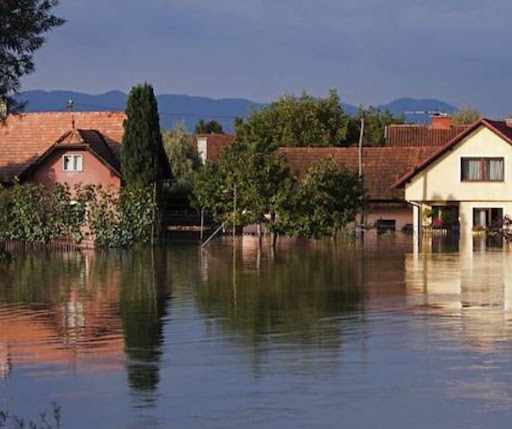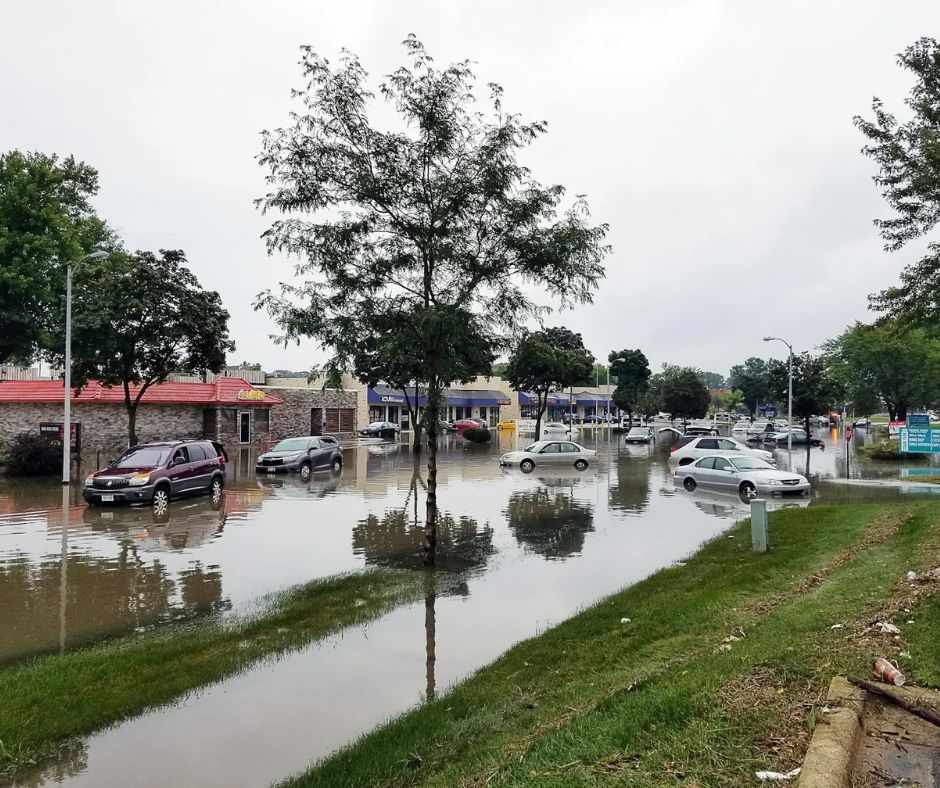
Floods are among the most devastating natural disasters, causing massive financial loss to homeowners and businesses. To mitigate these losses, the Federal Emergency Management Agency (FEMA) offers flood insurance through the National Flood Insurance Program (NFIP). However, there are coverage limits that policyholders need to be aware of when purchasing flood protection. Understanding these limits is essential for ensuring you have adequate protection against potential flood damage. In addition to NFIP options, exploring private flood insurance companies Florida residents trust can help you find extended coverage and higher limits tailored to your specific needs.
Understanding FEMA's National Flood Insurance Program (NFIP)
The NFIP became mounted in 1968 to offer cheap flood insurance to house owners, renters, and corporations in participating communities. The program is managed by means of FEMA and targets to lessen the economic impact of flooding thru federally backed coverage guidelines.
Unlike popular house owners’ insurance rules, which typically exclude flood harm, NFIP guidelines particularly cowl losses because of flooding due to hurricanes, heavy rainfall, hurricane surges, and overflowing rivers. Coverage is to be had for each residential and commercial residences, but policyholders must adhere to the maximum insurance limits set by using this system.
Maximum Coverage Limits Under FEMA's NFIP
FEMA’s NFIP sets particular limits at the maximum amount of coverage available for flood coverage. These limits range depending at the form of assets insured.
Residential Properties
For homeowners, the NFIP offers the subsequent maximum coverage limits:
Building Coverage: Up to $250,000 for the shape of a home.
Contents Coverage: Up to $one hundred,000 for private belongings within the domestic.
Homeowners should purchase both constructing and contents insurance one by one, relying on their needs. However, it's important to word that NFIP insurance does now not encompass additional residing costs (ALE) for brief housing if a home will become uninhabitable due to flooding.
Commercial Properties
For corporations and business asset owners, the NFIP gives:
Building Coverage: Up to $500,000 for the structure.
Contents Coverage: Up to $500,000 for stock, equipment, and other business-associated objects.
This coverage is vital for businesses positioned in flood-inclined areas, as flood damage can purpose extreme economic disruptions.
Renters
While renters do not need constructing coverage, they can purchase:
Contents Coverage: Up to $one hundred,000 to defend private belongings from flood harm.
This guarantees that items which include furniture, electronics, and garb are covered in case of a flood event.
What Does NFIP Flood Insurance Cover?
NFIP rules cowl a number of flood-associated damages, which include:
Structural harm to walls, flooring, ceilings, and built-in appliances.
Electrical and plumbing systems.
Heating and cooling structures, together with water warmers and furnaces.
Personal belongings including clothing, furniture, and electronics.
Foundation harm because of flooding.
However, certain damages aren't blanketed through NFIP rules, including:
Temporary dwelling fees (e.G., lodge remains, meals, and relocation fees).
Damage due to moisture, mold, or mold that could were averted.
Currency, treasured metals, and essential office work.
Property located outdoor the insured building, along with fences, decks, and swimming swimming pools.
How to Determine If You Need Additional Coverage
Since NFIP rules have insurance limits, house owners and commercial enterprise owners in excessive-danger flood regions may also need additional safety beyond what FEMA gives. In such cases, personal flood coverage can supplement NFIP rules with the aid of providing:
Higher coverage limits for buildings and contents.
Additional residing charges insurance.
Enhanced protection for outside belongings and indifferent systems.
It is advisable to talk over with coverage vendors to decide whether or not non-public flood coverage is essential primarily based on the threat degree and value of your private home.
How to Apply for FEMA Flood Insurance
Flood coverage through NFIP is to be had to owners, renters, and business proprietors in taking part groups. To practice:
Check Eligibility: Verify that your network participates in the NFIP program.
Contact an Insurance Agent: NFIP rules are sold thru non-public insurance sellers, not at once by FEMA.
Determine Coverage Needs: Assess whether or not you want building coverage, contents insurance, or each.
Purchase a Policy: Flood insurance rules usually have a 30-day waiting duration before taking impact, so plan beforehand.
Conclusion

FEMA’s NFIP flood coverage provides critical financial protection for homeowners, renters, and businesses in flood-prone areas. However, the program has coverage limits: $250,000 for residential buildings and $100,000 for contents, while commercial properties can receive up to $500,000 in coverage for both building and contents. Understanding these limits and considering additional coverage options can help property owners ensure they are adequately protected against flood-related losses. It's also important to recognize how water damage and home insurance interact, as not all water-related incidents are covered equally. If you live in a high-risk flood zone, purchasing flood insurance before disaster strikes is a wise financial move. Don’t wait until it’s too late—assess your flood coverage needs today to safeguard your property and peace of mind.











Write a comment ...